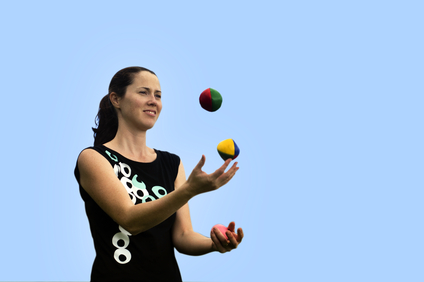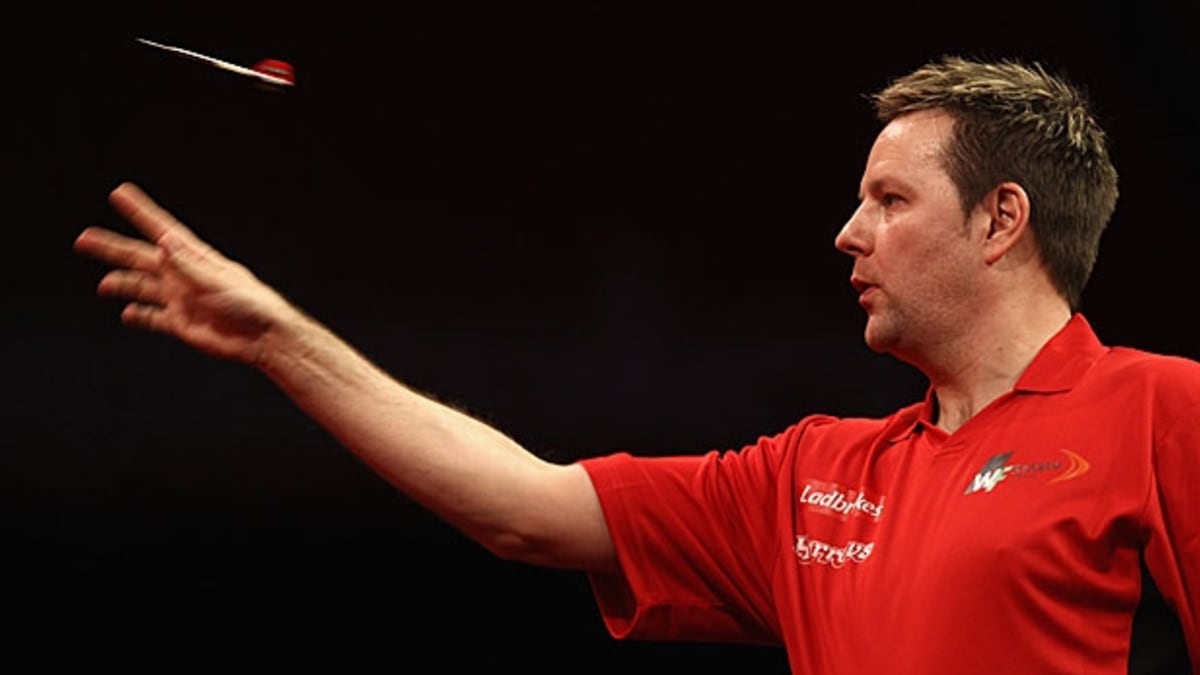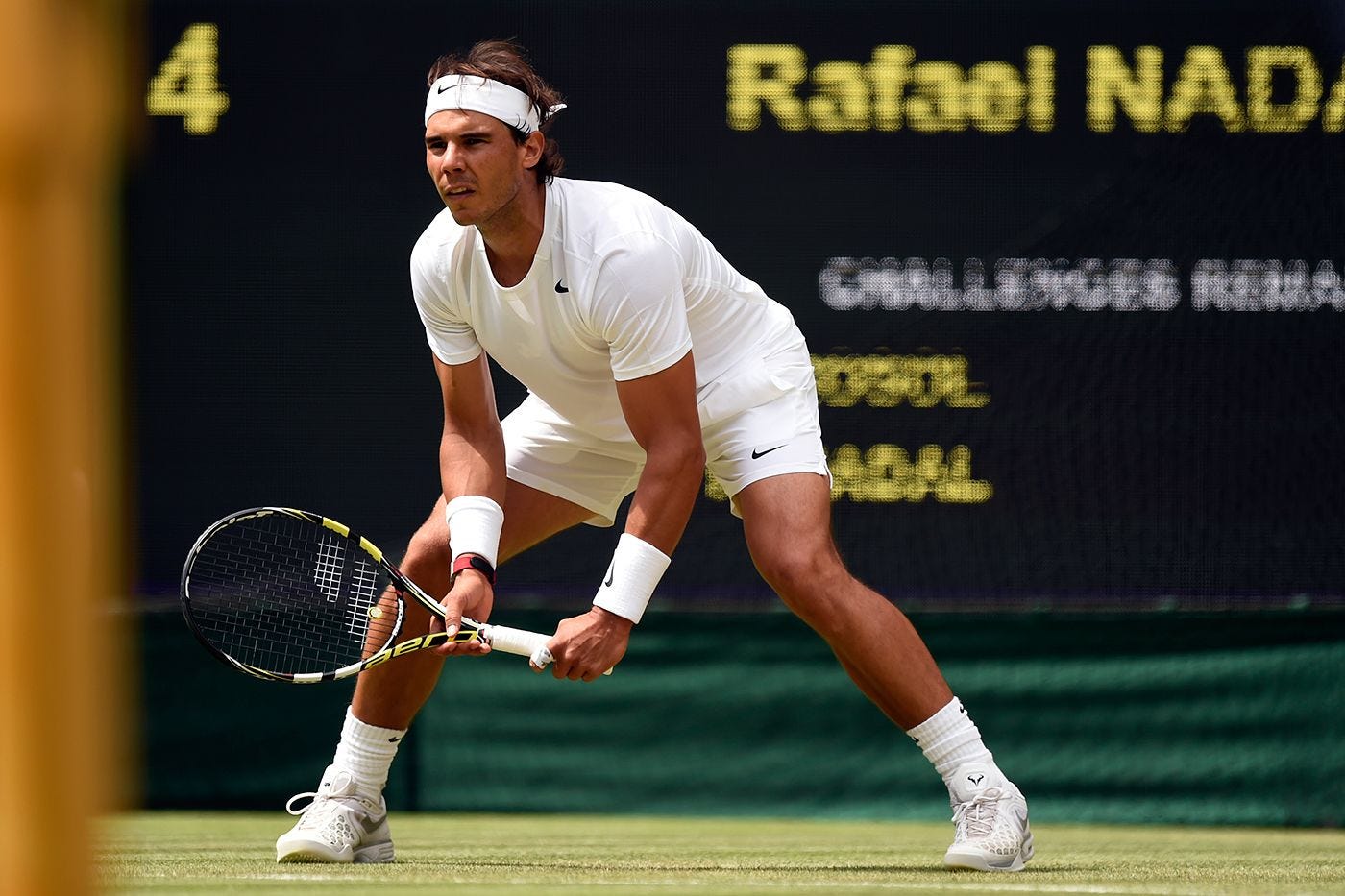What is the first stage of Fitts and Posner’s model of motor learning?
Cognitive stage
What is a gross motor skill?
A skill that involves large muscle movements, such as running or jumping (accept: movements requiring the use of major muscle groups, whole-body actions).
What is the first phase of the information processing model?
Input phase (identification of stimuli)
What is intrinsic feedback?
Feedback received from within the body, such as the sensation of a movement (accept: internal body feedback, sensory-based feedback)
What is a visual cue?
A cue that provides information visually, such as watching a demonstration (accept: visual feedback, visual input)
In the associative stage of learning, what key characteristic improves significantly?
Consistency of performance improves (accept: less frequent errors, smoother movements, refined technique).
What is a fine motor skill?
A skill that involves small muscle movements, such as writing or typing (accept: precise hand-eye coordination tasks, movements involving small muscles)
What phase of the information processing model involves selecting a response?
Decision-making phase (accept: response selection phase, processing phase)
What is extrinsic feedback?
Feedback received from external sources, such as a coach or video analysis (accept: external feedback, augmented feedback, outside input on performance)
What type of cue involves body awareness, such as balance on a balance beam?
Proprioceptive cue (accept: internal sensory feedback, kinesthetic feedback)
At which stage of Fitts and Posner’s model would a person be able to juggle with little conscious effort?

Autonomous stage
Is throwing a dart a discrete, serial, or continuous skill?

Discrete skill
Which phase of information processing is a tennis player using when deciding how to respond to an incoming serve?

Decision-making phase/Processing
What type of feedback is this coach providing?

Verbal extrinsic feedback
What type of cue is the player using?

Non-verbal cue (accept: gesture-based cue, body language)
In the cognitive stage, why is feedback from a coach crucial for learning?
Because learners have little capacity to detect their own errors (accept: they lack experience to self-correct, they need external guidance, they rely heavily on external feedback).
Give an example of an open skill and explain why it is considered open.
Soccer dribbling – the environment is constantly changing, and the performer must adapt their movement to external factors (accept: tennis rally, hockey dribbling, basketball passing – any sport with unpredictable environments)
What type of feedback helps improve future performances by comparing the outcome with the intended result?
Knowledge of Results (accept: outcome-based feedback, performance result feedback)
What is the difference between knowledge of performance and knowledge of results?
Knowledge of performance focuses on the quality of the movement, while knowledge of results focuses on the outcome (accept: movement-focused feedback vs outcome-focused feedback, technique-based feedback vs result-based feedback)
Give an example of a verbal cue in basketball.
A coach telling a player to “bend your knees” when preparing for a free throw (accept: any simple instruction like “follow through” or “keep your eyes on the basket”)
Name three characteristics of a performer in the autonomous stage of Fitts and Posner’s model.
Movements are automatic, selective attention is high, and the performer can self-correct errors (accept any combination: fluid movements, low performance variability, little conscious thought required, consistent performance)
What type of skill is a gymnastics floor routine, and why?
A serial skill because it is made up of multiple discrete skills linked together.
Explain how the information processing model helps athletes improve performance during complex sports.
Athletes take in information from the environment, process it, make decisions, execute the response, and receive feedback to adjust their future performances (accept: they analyse environmental cues, decide on an action, perform the movement, then use feedback to improve)
Explain how concurrent feedback differs from terminal feedback.
Concurrent feedback is provided during the performance, while terminal feedback is provided after the performance has concluded (accept: in-action feedback vs post-performance feedback)
Explain how proprioceptive cues help elite athletes adjust their movements during a performance.
Proprioceptive cues provide internal feedback, allowing athletes to sense errors in their movements and make real-time adjustments (accept: athletes use body awareness to self-correct, internal sensory cues to fine-tune performance)